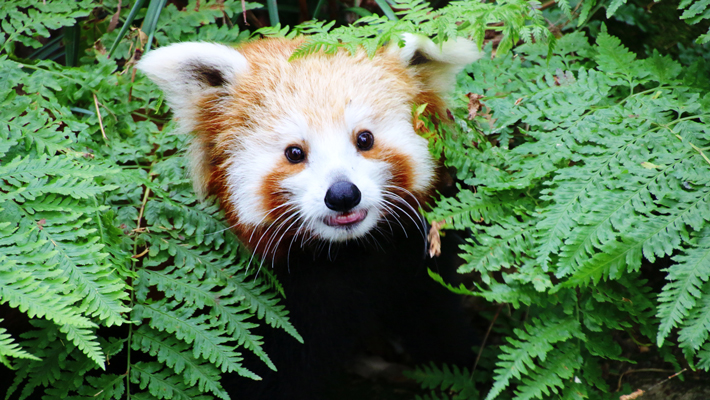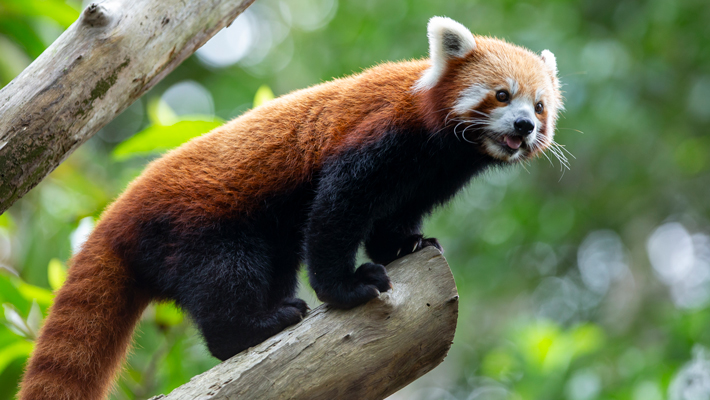Sumatran Tiger
Occurs in: Indonesia, on the island of Sumatra.
Your adventure begins with an incredible plane journey to Way Kambas National Park, located on the island of Sumatra.
During your flight, you’ll hear from a Ranger about what makes this part of the world so special – he might even point out a few animals as you break through the clouds and begin your descent.
Take a moment to explore the local village before making your way into the jungle in search of the critically endangered Sumatran Tiger.
The Sumatran Tiger is the smallest of the remaining subspecies of Tiger – but males can still weigh up to 120kg!
Unlike other big cats, the Sumatran Tiger cannot outrun its prey and relies on expert ambush skills instead. This hunting method is slow and patient, stalking through dense cover using their unique striped coat as camouflage until close enough to spring. Intelligent animals, they will run hoofed prey into water to slow them down.
Sadly, largely due to habitat destruction, Sumatran Tiger numbers have been decimated in recent years, with as few as 380 thought to remain in the wild.
Visit the Sumatran Tiger at map ref. 15G


Sun Bear
Occurs in: South East Asia
Before leaving Indonesia, you’ll encounter one of the world’s rarest species of bear.
Sun Bears are shy and intelligent, but don’t be fooled by their ‘teddy bear’ looks. Survival in the jungles of South East Asia requires an ability to fight off tigers, leopards and large pythons when needed – something the Sun Bear is more than capable of.
Sun Bears dress to impress. Each bear has a unique U-shaped golden crescent on its chest resembling the rising or setting of the sun. No two ‘sun’ markings are the same.
With specialised 7.5cm claws on large paws, Sun Bears are wonderfully adapted for life up high. Their enormous curved claws and hairless paws make for exceptional climbing and ripping open trees, bark and rotten logs in search of food.
Visit the Sun Bear at map ref. 14G

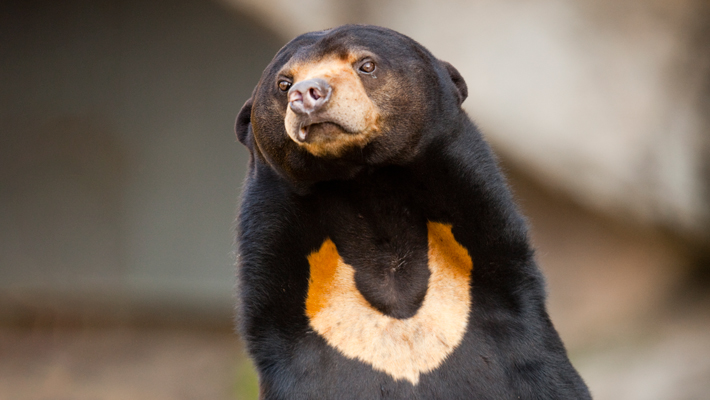
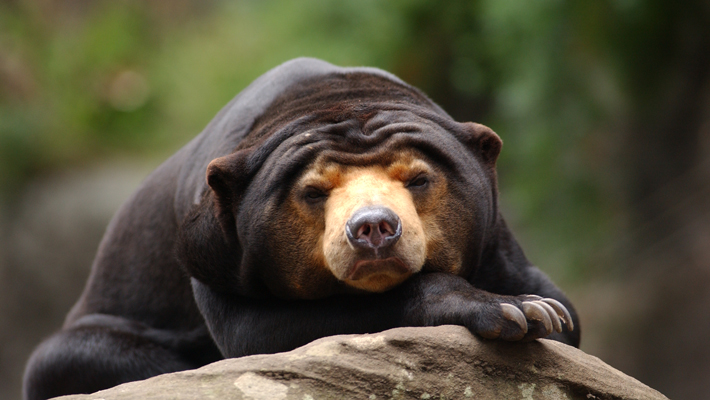

Asian Elephant
Occurs in: India, Sri Lanka, Nepal, Bangladesh, South East Asia and Southern China
Your expedition continues on the mainland. The largest living mammal on Earth, Elephants have long been the heartbeat of the forests of this Asia. For thousands of years these sacred giants roamed the lands connected to ancient storylines.
Elephants are incredibly intelligent, remarkably social and play a crucial role in keeping forests strong, resilient and diverse. When elephants eat and move through the forest, they create gaps in the vegetation. These gaps allow new plants to grow and create pathways for other animals in their footprints.
Their massive size (up to 3m at the shoulder!) enables them to reach high hanging fruit and transport seeds across vast distances, with each animal producing around 100kg of poo every day!
It is estimated that there were more than 100,000 in Asia at the turn of the century, but with much of their habitat having been converted to agricultural land in more recent years, the Asian Elephant is now endangered.
Visit the Asian Elephant at map ref. 13E
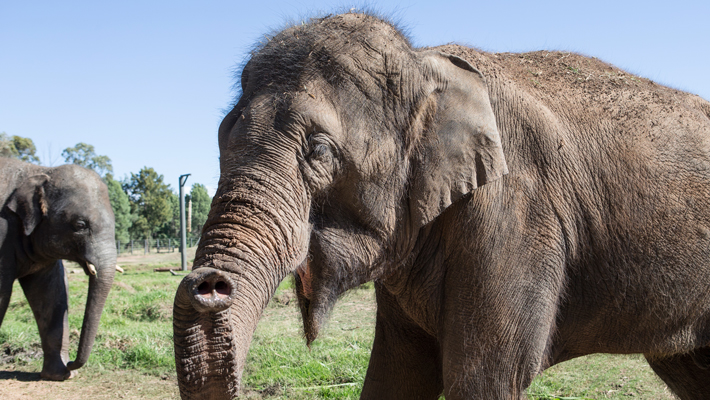

Asian Small-clawed Otter
Occurs in: Southern India, Southern China, Bangladesh, Nepal South East Asia
As you move through the rainforest, you hear the welcome sound of running water up ahead. The rivers and marshes of southern Asia make the perfect home for the Asian Small-clawed Otter.
They may be the smallest of the 13 species of otter, but they have very BIG personalities (which come in handy when competing with a large family group to satisfy a ferocious appetite).
Asian Small-clawed Otters split their time between grooming, energetic bursts of activity and well-deserved naps. When they reach reproductive maturity, they form monogamous pairs and mate for life.
Keep a look out for mum Pia and dad Ketut as they keep their family in order!
Visit the Asian Small-clawed Otter at map ref. 13D
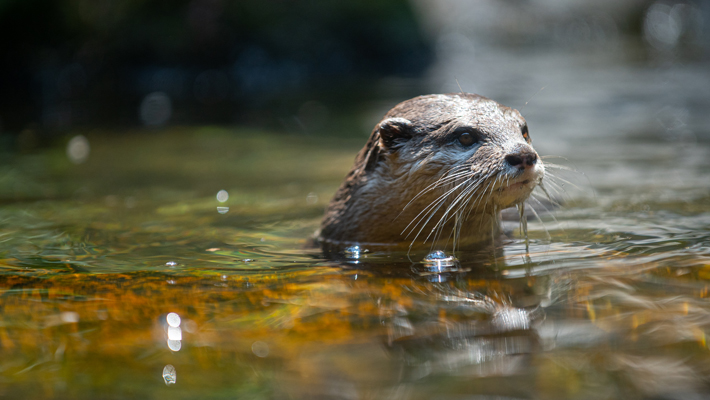

Red Panda
Occurs in: China, Nepal, India, Bhutan and Burma
You emerge from the jungle and press north into the cooler, temperate forests of the Eastern Himalayas.
This thin strip of mountainous habitat, spanning from Nepal, through northern Myanmar and into southwestern China, is the only place in the world where Red Panda can be found.
Not to be confused with the enormous Great Panda, the Red Panda typically grows no larger than a house cat. Instantly recognisable by their brilliant red, black and white features, their long, ringed tail helps them maintain their balance when darting around the treetops while also acting as a built-in blanket.
The Red Panda is classified as a carnivore, but actually loves to eat bamboo!They will also eat eggs, insects and even small rodents from time to time!
Visit the Red Panda at map ref. 12D
